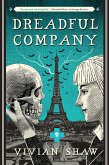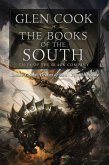The first story deals with the memories of Korolenko's childhood and his life in the city, and the hero's relationship with his father after the mother's death. It also provides an honest monitoring of the lives of the poor and beggars in this period. Without any direct political rhetoric, the story helps us understand the nature of social life in the small towns that were scattered throughout Russia, and also shows the extreme poverty in which many lived. Korolenko writes the events of the story from the perspective of its child hero, presents us with a tender and sarcastic human language, and paints very beautiful paintings with great simplicity. The second story deals with a very important Russian phenomenon: the phenomenon of Russian pilgrims and wanderers. At this time, many people became accustomed to roaming the vast Russian land, visiting monasteries, meeting spiritual teachers, and living on charity. In addition to the direct religious goals behind this phenomenon, there are other reasons, namely poverty or painful psychological wounds that prompt people to flee. In short, it is a complex phenomenon that is extremely Russian in nature, and in this story Korolenko introduces us to some of the important characters of this phenomenon.
Dieser Download kann aus rechtlichen Gründen nur mit Rechnungsadresse in A, B, BG, CY, CZ, D, DK, EW, E, FIN, F, GR, H, IRL, I, LT, L, LR, M, NL, PL, P, R, S, SLO, SK ausgeliefert werden.









